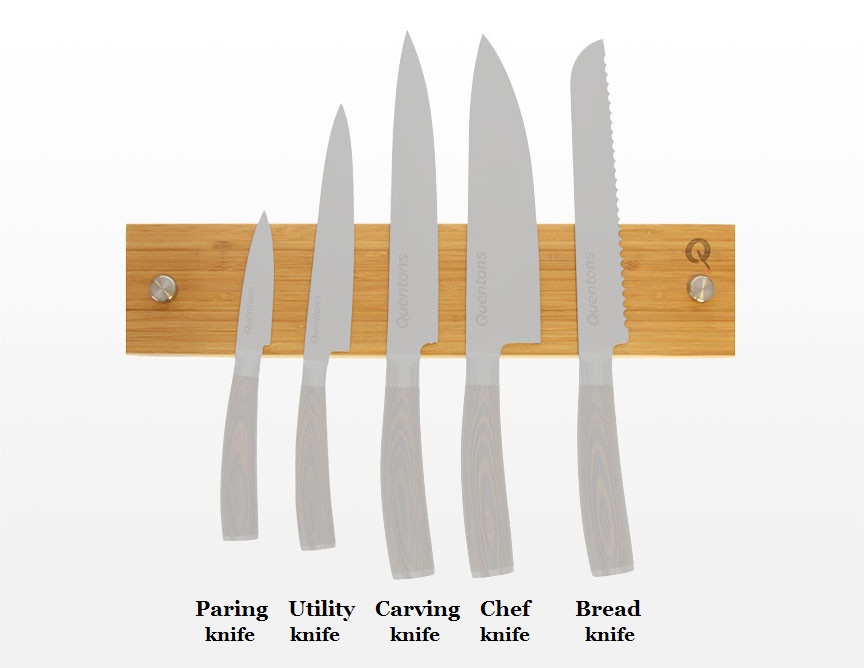When deciding on the best knife to acquire, the choice can seem overwhelming. Do you go for the professional chef knife or the all-rounder general blade? Then there is the added complexity of various different materials - should you choose ceramic over stainless steel? Obviously it is not difficult to choose specialised knives, such as an essential bread knife for slicing your fresh breakfast loaf, or a carving knife for a Sunday roast. Yet when it comes to the all-rounder knife, do you go for the general purpose Japanese Santoku or the chef's blade?
Deciding on an 'all-rounder'
The best knives for multi-purpose cooking are probably the larger chef's knives, or the Japanese Santoku blades. These knives can be used to prepare meat, fish, vegetables, fruit and other food stuffs, and are good for slicing, dicing and mincing.
Chef knives
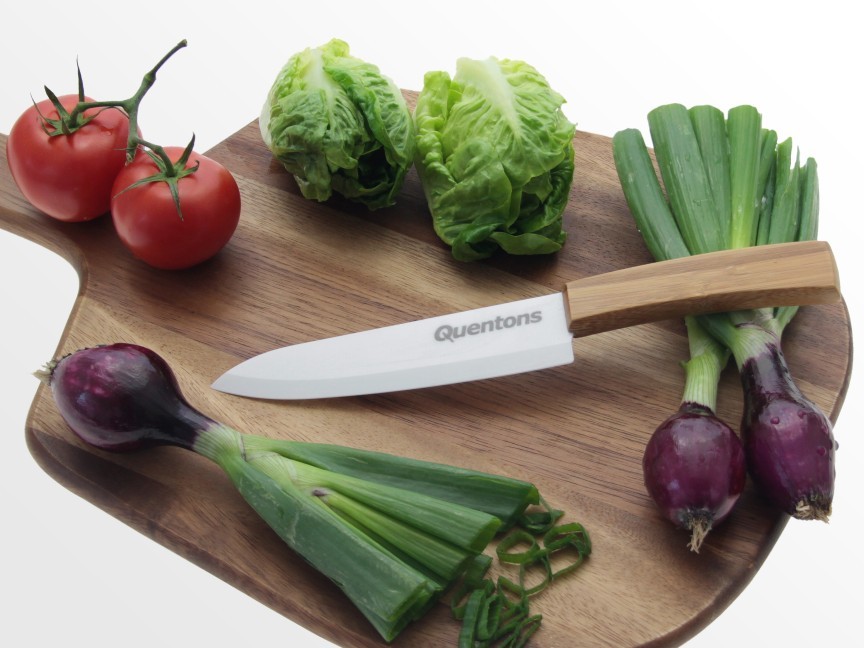
The chef knife, also known as a French knife or a cook's knife, offers a broad, heavy and sharp blade that is curved so that it can rock against a chopping board, allowing for a more precise cut. The weight of the blade means that this sturdy knife is good for most types of cutting, although it is perhaps better to find a smaller, lighter knife for the more delicate kitchen cooking.
Santoku knives
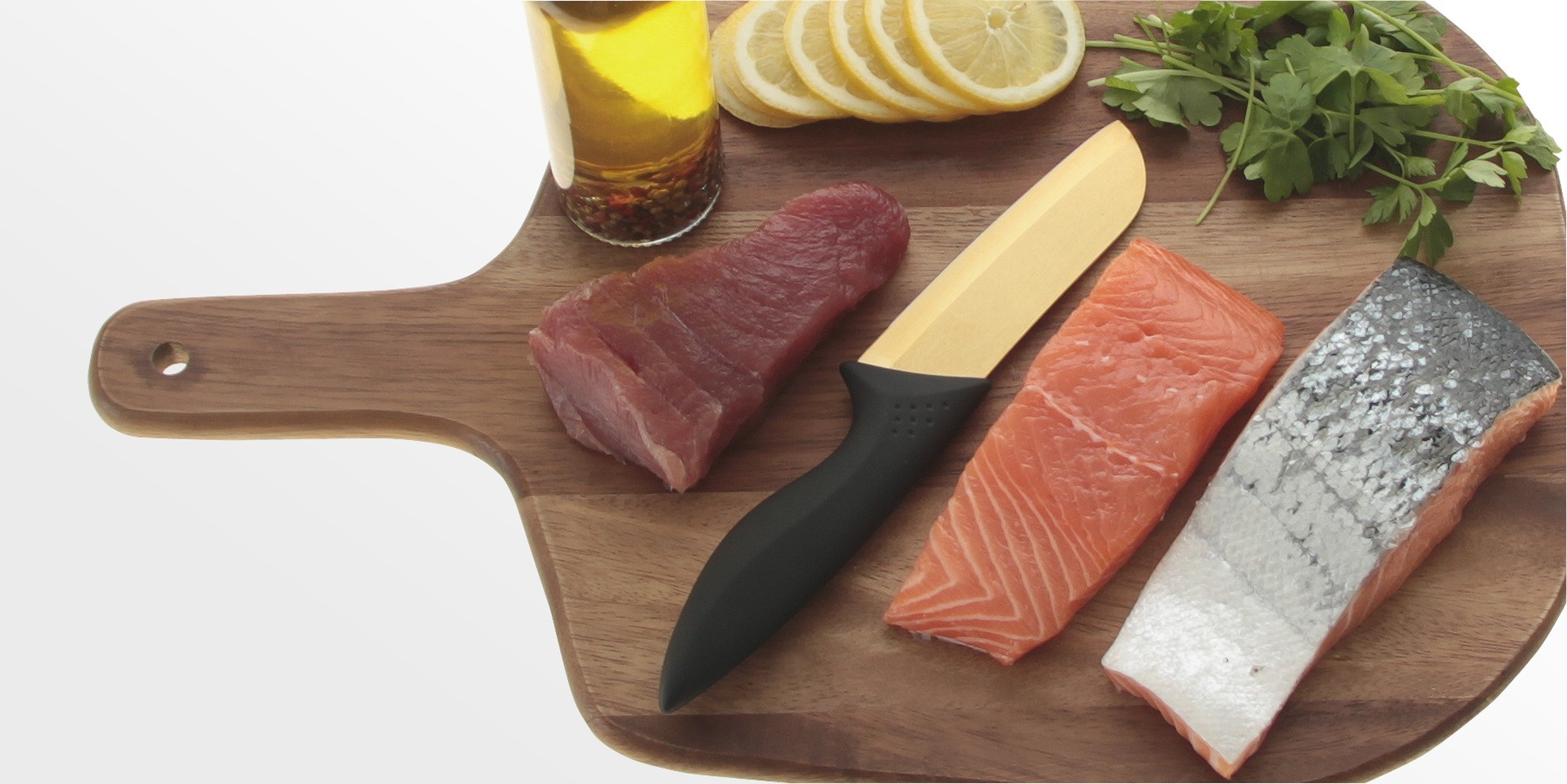
In contrast, the Santoku blade has a straighter edge and a thinner spine that tapers towards the knife's point. The Japanese Santoku knife is well-balanced and is lighter than its Western counterpart like the chef knife. Because of the Santoku's lightweight feature, it is better adapted to easily slicing thin-boned and boneless meats, fish and vegetables.
Paring Knives

A paring knife is designed to be an all-purpose knife, similar to a chef's knife or a Santoku blade, but it is much smaller and is thus more useful for intricate work such as de-seeding chilli, preparing garnishes or peeling mushrooms.
Utility Knives
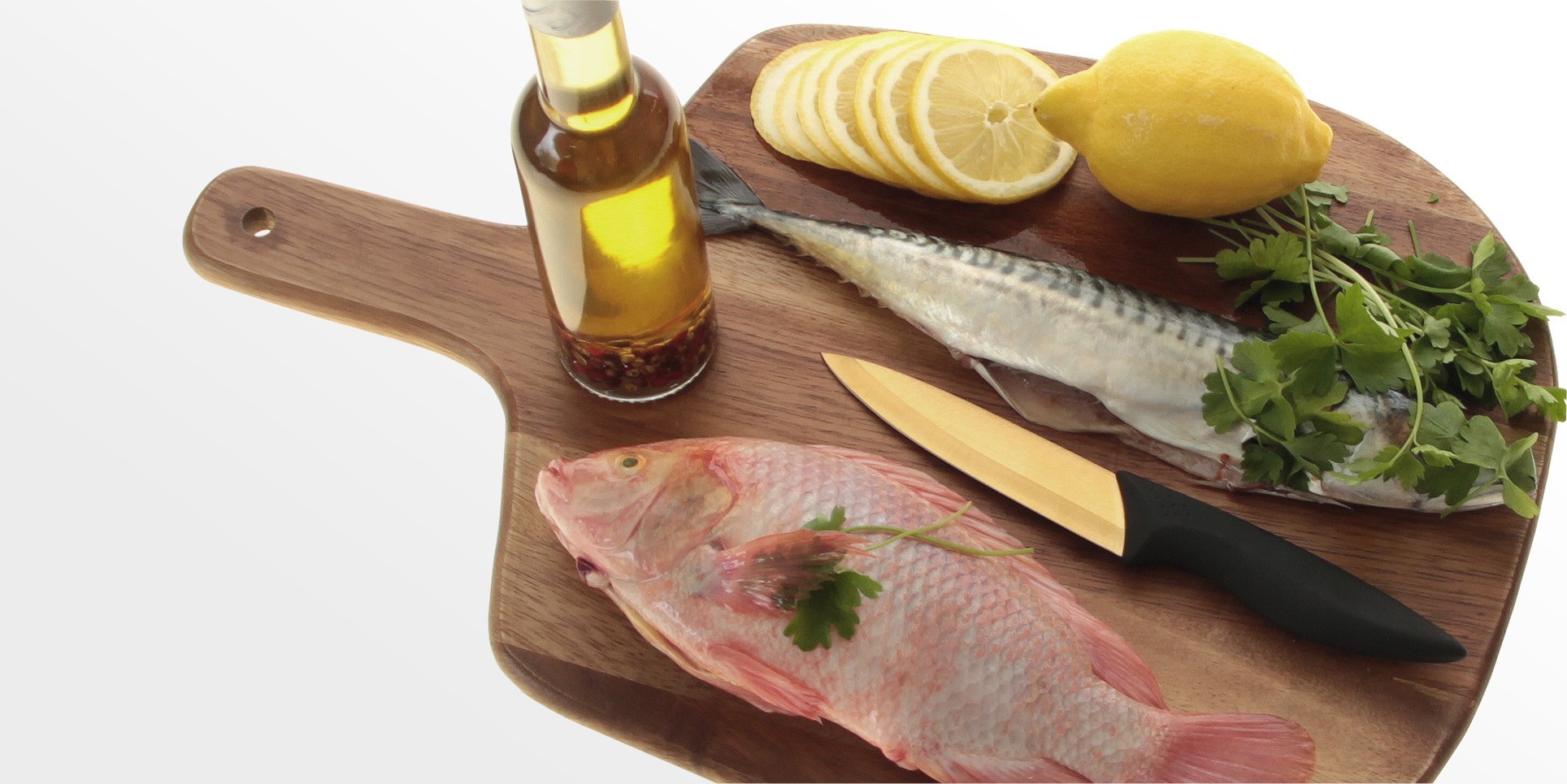
The utility knife is somewhere between a chef's knife and a paring knife in size, and as such makes for a good all-purpose knife. It can be used across a wide range of food products, and is useful across a wide variety of kitchen work such as butchering meat, cleaning fish and chopping fruit and vegetables.
NB! With all types of knife it is important to maintain their sharpness - regular knife sharpening is essential for keeping blades at their professional best. It is no secret that the best chefs in the world take pride in keeping their blades perfectly sharp, and we could all benefit from taking a leaf out of the professional book of culinary delights!
Knives for particular uses
Whilst it is important to have a good quality general purpose knife, there are types of cooking that require more specialised blades. Carving knives are essential for cutting large, cooked meats such as poultry, roasts, hams and other meats. As they are much thinner than a chef's knife, particularly at the spine, they can be used with precision to slice thin cuts of meat. They are usually shorter and wider than slicing knives. Slice Knives.
A slice knife

Is similar to a carving knife in its function, as it is good for cutting slices of meat. However it is generally longer and narrower than a carving knife, which adds flexibility and makes cutting smaller and thinner cuts of meat easier. Because of this, many cooks prefer using them as they can be better suited to slicing ham, roasts, fish, or barbecued beef, pork and venison.
Bread knives
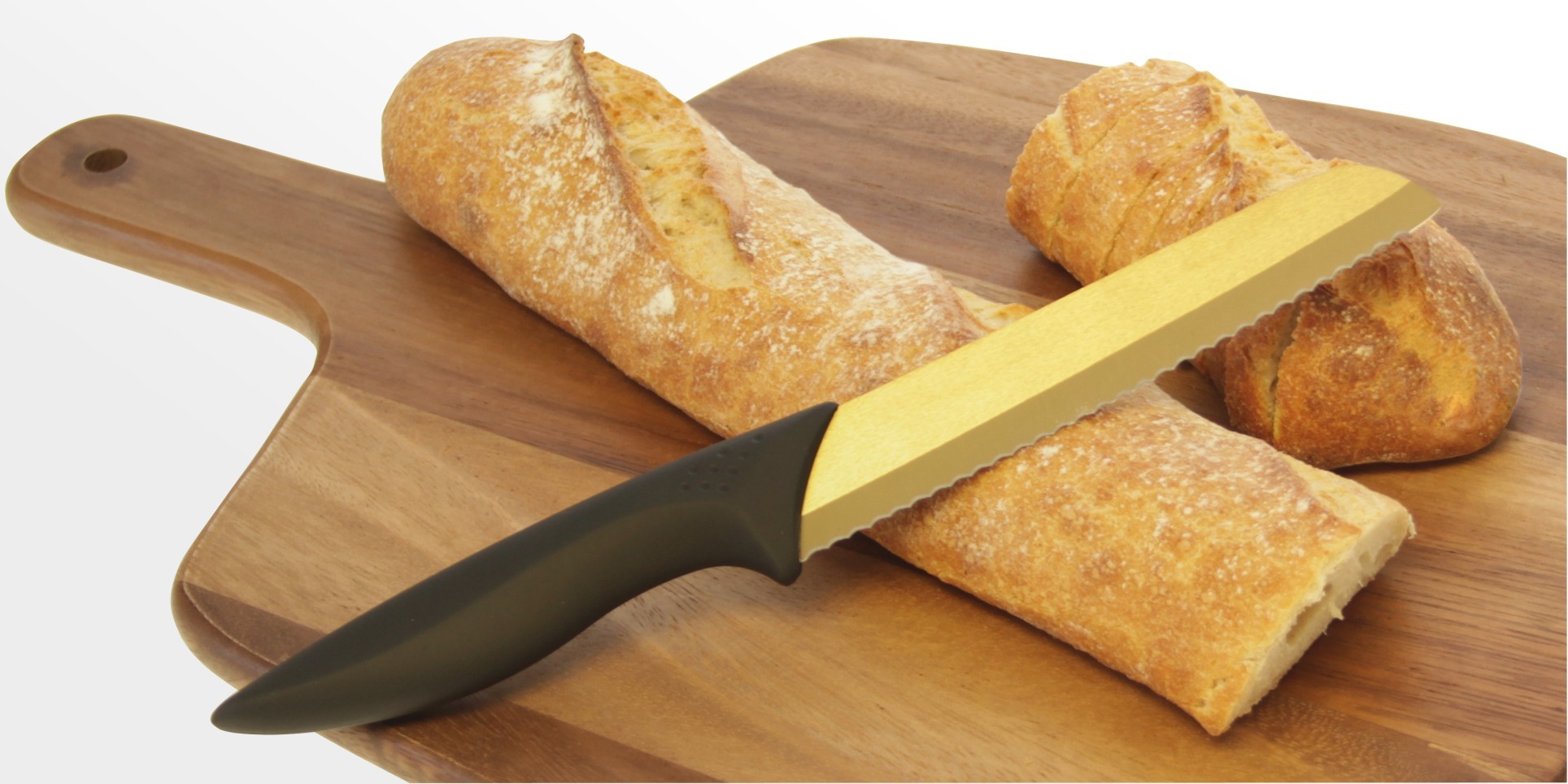
Bread knife has a serrated blade that is good for cutting soft bread without crushing it. Because of the individual small cutting edges of the blade, there is no need to apply excess pressure when slicing bread, and the knife digs into the bread like a wood saw.
